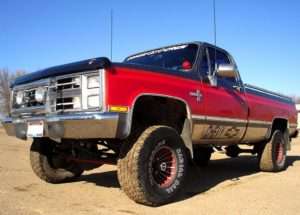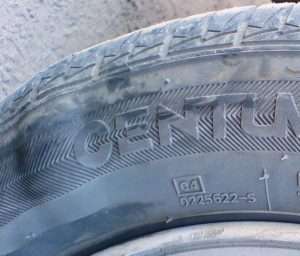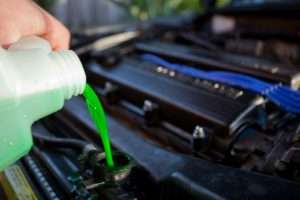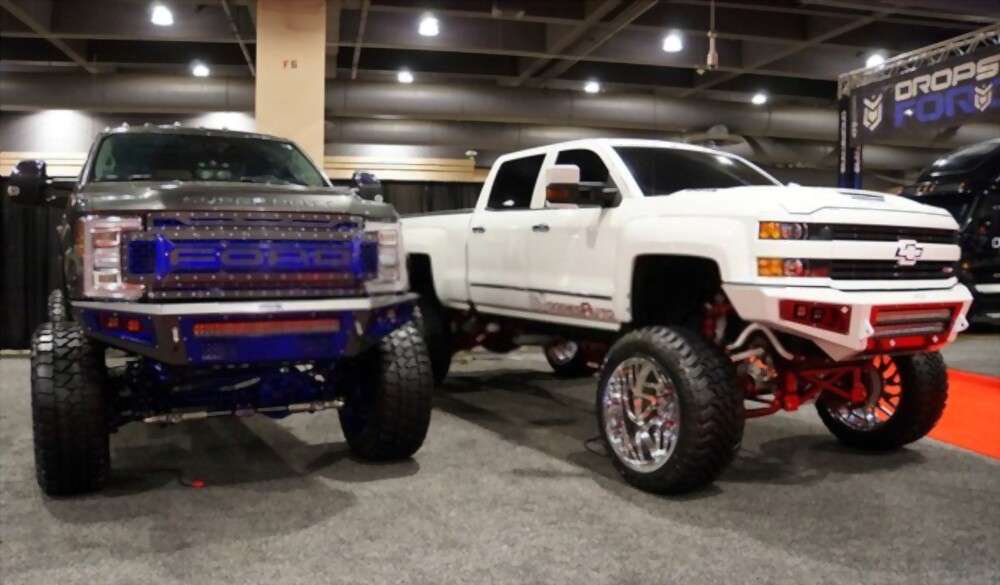Many new truck owners want to modify their vehicles so that they look and perform better on the road. Installing a lift kit is one of the most common ways to modify a truck. But what do lift kits do? Do they actually help or are they just a waste of money? Are lift kits bad for trucks – learn the truth in the following article.
If you’re thinking about installing a lift kit on your truck or SUV, you might want to reconsider. There are certain risks with lift kits that aren’t worth taking, and it’s important to know what they are before you decide to install one.
In this article, we’ll discuss whether or not lift kits are bad for your truck and if they do damage your vehicle. If you’re planning to install a lift kit, consider reading this guide carefully as it’ll help you make the most informed decision.
Jump to
What Is a Lift Kit?
The lift kit is a set of mechanical, electrical, and often hydraulic modifications to the base vehicle, to elevate its ride height, typically to improve ground clearance for off-road terrain.

Flickr Image by Luciano Meirelles
People install lift kits to increase the vehicle’s versatility and adaptability to different driving conditions. Lift kits are commonly installed to allow the vehicle to have larger tires.
This can also help with traction and stability. Before discussing whether you need a lift kit or not, let’s discuss the two common types of these kits.
Body Lift Kits
The body lift kit raises your truck’s height with the help of spacers, inserted between the frame and the body. One of the most common reasons why people get these lift kits installed in their trucks is that it increases ground clearance.
A body lift kit usually contains additional components to correct the transmission linkage, brake lines, and steering wheel angle. Other than increased ground cleaning, this lift kit type allows you to attach larger tires to your truck.
Suspension Lift Kits
A suspension lift kit is a specially designed aftermarket modification that raises your truck’s suspension. These kits come with taller springs that are installed in your truck by replacing the stock ones.
Most people get suspension lift kits installed on their trucks to improve the vehicle’s handling and ride quality. It allows the driver to enjoy a smoother and more comfortable riding experience, even on rough terrain while off-roading.
If you want to enjoy the monster truck feeling, you can get a suspension lift kit installed on your truck. One common suspension lift kit type is known as leveling kit, which raises the front side of your truck so that it matches the stick height of the rear side.
What Can Go Wrong with A Lift Kit on a Truck?
The following are some common ways a lift kit installation can affect your truck negatively.
Affected Vehicle Handling
When you install a lift kit, you are changing the vehicle’s stock geometry. You’re making it longer and narrower, and it can affect vehicle handling. You’ll notice that it becomes a little more sluggish, and you can lose some of the handling precision as well.
Reduced Fuel Economy
Since a vehicle’s fuel economy is tied directly to its aerodynamics, you can expect a loss in fuel economy when you install a lift kit. This is because lift kits tend to increase the amount of drag on the vehicle.
Decreased Stability
When you install a lift kit, you’re increasing the truck’s height. The higher the height, the more unstable the vehicle will be. It’ll increase the risk of rollover accidents, which is one of the most dangerous types of crashes.
Related Article – Lift Kits for Trucks
Are There Any Other Risks Involved with a Lift Kit Installation on a Truck?
In addition to the handling issues, fuel economy loss, and vehicle stability, there are a few other risks you should be aware of before installing a lift kit on your truck.
Risk of Undercarriage Damage
When you add length to a vehicle, you’re adding weight to the vehicle’s undercarriage. This is because the undercarriage is the part of the vehicle that’s attached to the chassis. It’s the part that connects the frame to the wheels.
If you’re not careful, you can end up damaging the vehicle’s undercarriage when you install a lift kit. You should check the vehicle’s manual to see if there are any specific guidelines for installing a lift kit.
Risk of Damage to the Suspension
Lift kits involve mechanical and electronic components that can easily cause damage to the suspension components. While good-quality lift kits are available that minimize the risk of suspension damage, they still don’t work like the original stock suspension of the vehicle.
Risk of Damaged Tires

https://commons.wikimedia.org/wiki/File:Damaged_tire.png
The most obvious risk is that your tires are exposed to greater wear and tear. That’s because the stock tires were designed to fit underneath the original vehicle’s chassis but that’s not the case with most aftermarket suspension modifications.
Risk of Losing Control
Lifted trucks are harder to control. The steering will be affected because of the increased angle between the tires and the ground. The risk of rollover with a lifted truck would also increase due to the higher center of gravity. Not only does it increase the risk of the truck being damaged but it also puts your safety at risk.
Risk of Gas Tank Puncture
If a lift kit is installed on a truck, then the vehicle can easily puncture the gas tank due to rough terrain. To avoid this, it’s crucial to install additional protection. A skid plate with additional reinforcement should do the trick.
How Much Maintenance Is Required after Installing a Lift Kit?
The maintenance of a vehicle with a lift kit is exactly the same as a vehicle without a lift kit. Regular checkups at the service station are encouraged, but you will be able to perform the maintenance yourself by following the manufacturer’s guidelines.
Changing the Oil and Oil Filter Timely
Transfer the oil drain plug and clean the drain hole before using it again. Replace any gasket or seal that may have been damaged. Replace the oil filter and a new crush washer.
This is a routine maintenance task that you should perform regularly. However, if you don’t, you may damage the engine or transmission components. You should be sure to change the oil and oil filter when you perform regular maintenance.
Checking and Refilling the Power Steering Fluid
The fluid reservoir is usually marked with minimum and maximum levels. You must ensure that the fluid level is within these parameters. Power steering fluid should be changed every two years or 30,000 miles, depending on the vehicle model.
Changing Engine Coolant

https://commons.wikimedia.org/wiki/File:Engine_coolant.jpg
Check the level and in case of a low level or a change between high and low level, perform the replacement with the recommended coolant by the manufacturer. You must check your coolant regularly for signs of leaks, and change it as recommended by the manufacturer.
Final Thoughts
In this article, we discussed what lift kits do to your truck and what are their drawbacks. To sum everything up, like any other modification to the car, a lift kit is both a blessing and a curse. The lift kits can, in fact, cause more damage than good.
That’s why you should always do your homework before you make any decision. The information shared in this article should help you decide whether or not you should install a lift kit. If you decide to install one on your truck, make sure that you understand its pros and cons.
If you have any questions, feel free to ask. We will be happy to help you out with your confusion.

My name is Tom Harris, founder of this blog. I’m a mechanical engineer with 20 years of experience in the automotive industry. I’m here to help you with your vehicle’s problems, easy fixes and share my insights and experience so that you can enjoy your rides more.

